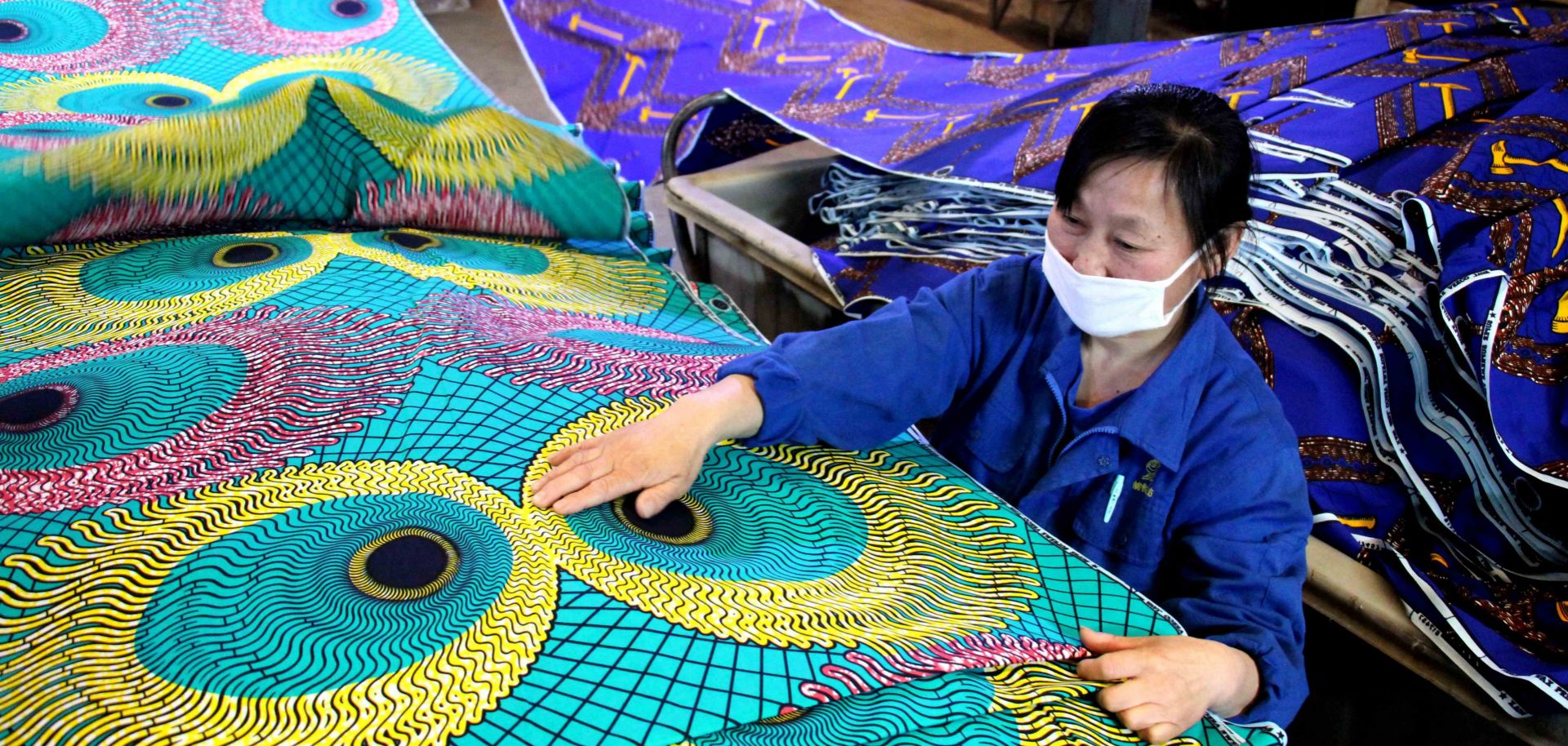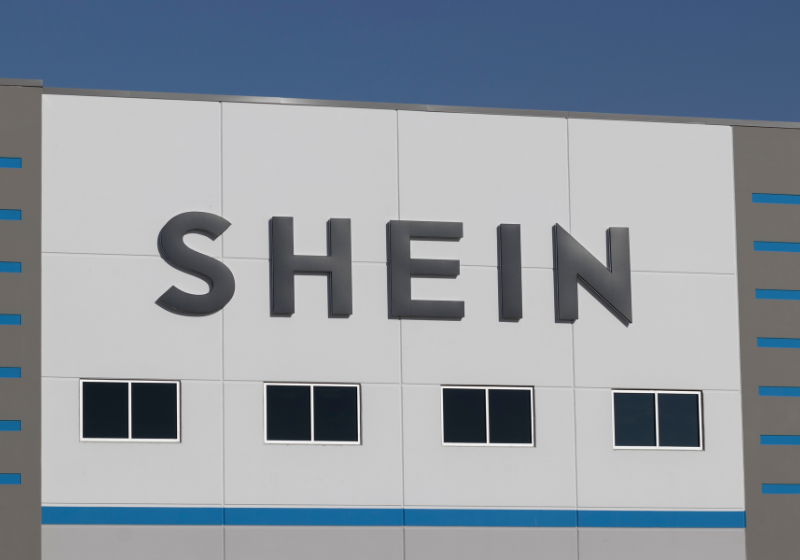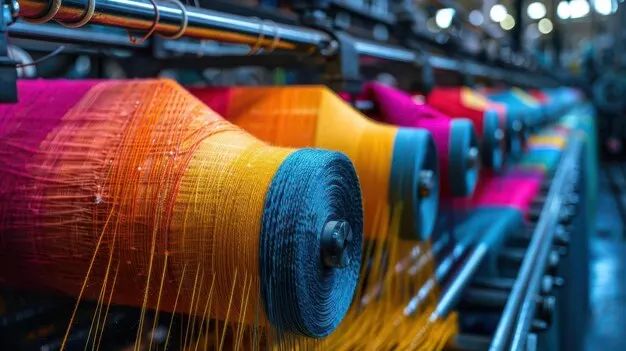Weaving two types of specially designed fibres with cotton yarn and conductive copper-coated threads, a team of researchers from China and Singapore has devised a smart fabric that can both extract energy from light and store it as a super capacitor would do. As its main threads (used as flying shuttle), the textile combines fibre-shaped photo-anodes interlaced with counter electrodes (CEs) for the energy harvesting functionality, with TiN nanowire-based fibre super capacitors (FSCs) for the part of energy storage.
The paper "Tailorable and Wearable Textile Devices for Solar Energy Harvesting and Simultaneous Storage" published in the ACS Nano journal details the fabrication process of both types of specialty threads as commercially viable for production in any length. The best thing about this textile is that it can be woven with both threads side-by-side in any proportion offering the right balance between energy harvesting and energy storage based on the end applications envisaged.
What's more, the textile can be tailored into any shape while still retaining its overall solar energy harvesting and storage capabilities. Two equal parts of a fabric cut in half providing each roughly half the energy harvesting and energy storage capacity of the integral fabric (as long as the threads' extremities are reconnected in some way to build up functional modules in series or in parallel). In fact, every individual “thread” (FSC, fiber-shaped DSSC photoanode and CE) can be cut while retaining its functionality.
To prove their idea, the researchers weaved a palm-size sample that could be fully charged to 1.2V in 17s by self-harvesting solar energy. It fully discharged in 78s at a discharge current of 0.1mA.
The TiN nano wire-based fibre super capacitors (FSCs) were obtained starting with a Ti wire roughly 250μm in diameter. The titanium wire undergoes an alkali hydrothermal treatment and a further ion-exchange process to obtain H2Ti2O5•H2O nanowires on its surface, about 100nm in diameter.












